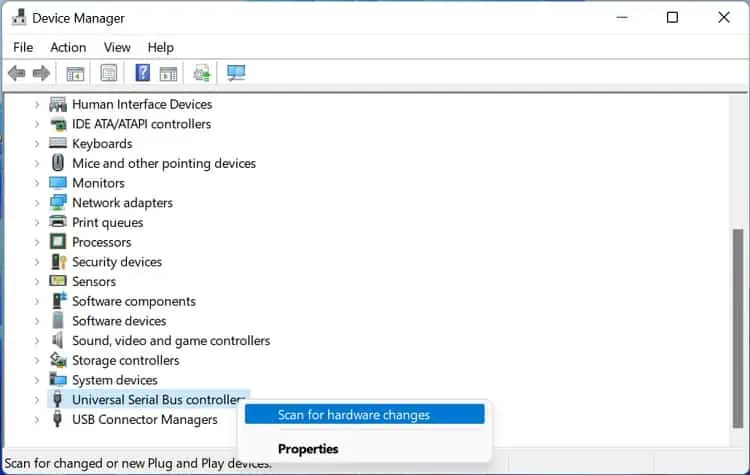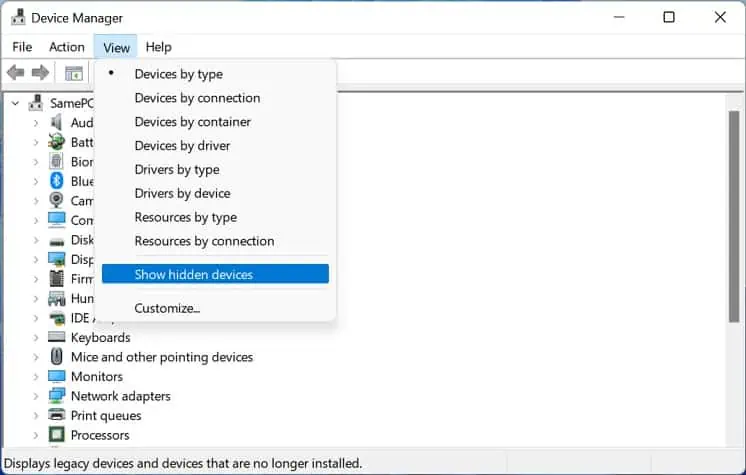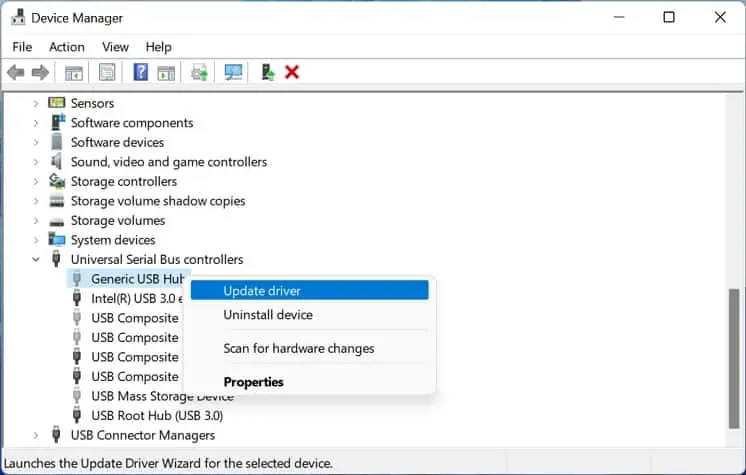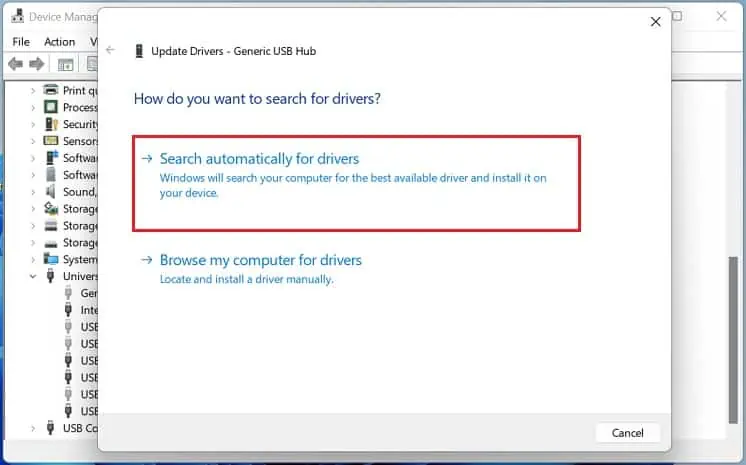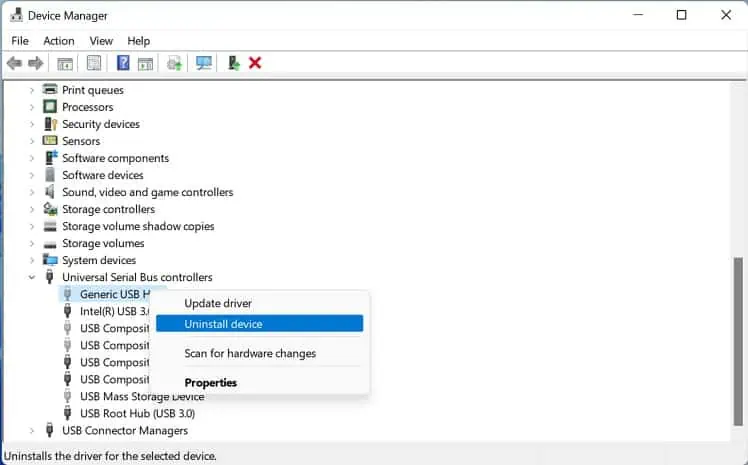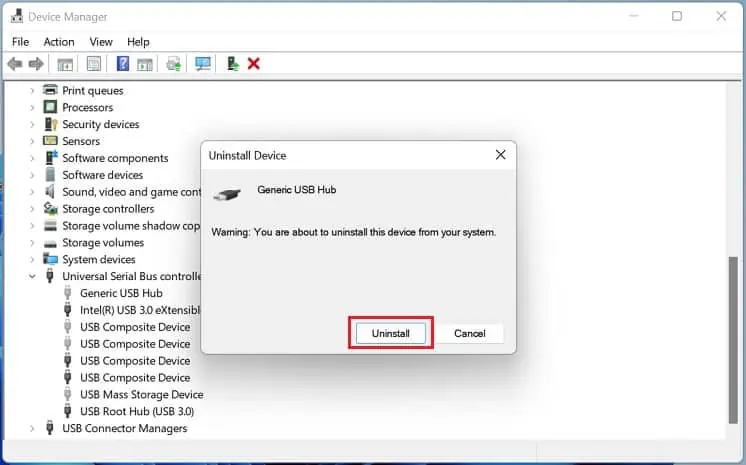USB Hub comes in handy when charging multiple USB devices orincreasing the number of portson your computer. However, the device may stop working due to incorrectly configured settings, power surges, and outdated drivers/controllers.
Although the causes are different, simple fixes often solve the problem. Firstly, ensure the power cable (in a powered USB Hub) and all the attached peripherals are securely connected.
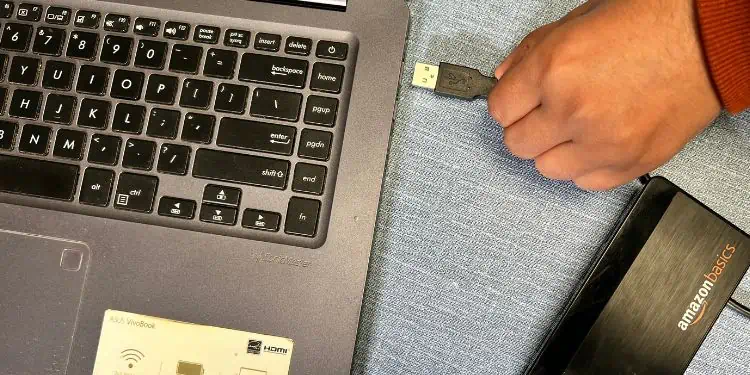
While you’re at it, we also recommendupdating Windowsand restarting the PC. If the USB Hub still doesn’t work, you’re able to now go through the below solutions to fix it.
Power Cycle the USB Hub
Sometimes, defective capacitors can disable the USB Hub. This could be why the connected peripherals have stopped working. To resolve this, we suggest power cycling the hub to recover from an unresponsive state:
Check Hardware Faults
Another common issue is damaged cables and ports. If you notice worn-out electrical wires from your peripherals, know that it’s defective and requires replacement. But if the devices are not working in just one of the ports, tryusing the device on an alternative one.
Moreover, if you have connected the hub to one of the front panel ports, a damagedUSB headercould also be responsible. In that case, we recommend a direct connection to your motherboard’s USB port. Also, you can get to the mainboard andplug the internal cable into a different headerto see if this does the trick.
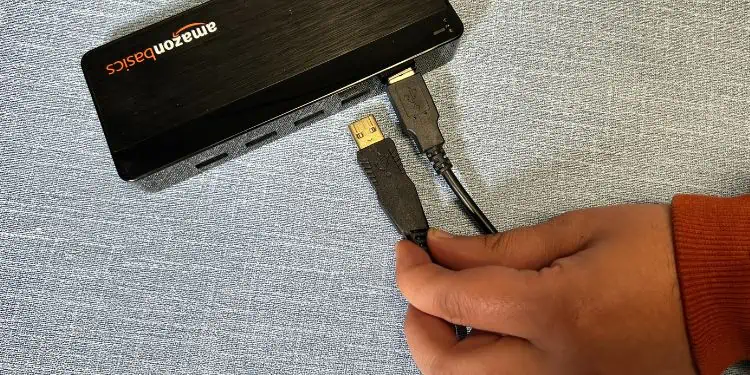
Dust and debris stuck in the ports can also causefrequent disconnection problems. In such a case, we recommend cleaning them well using short bursts of compressed air.Then, you’re able to dip acotton swab in70% isopropyl alcoholto remove the clingiest of dirt.
you’re able to also try connecting your USB Hub to another PC to identify possible hardware faults. If the problem persists, your device is probably damaged and requires replacement. Otherwise, corrupted drivers or incorrectly configured settings could be responsible, which we will discuss further.
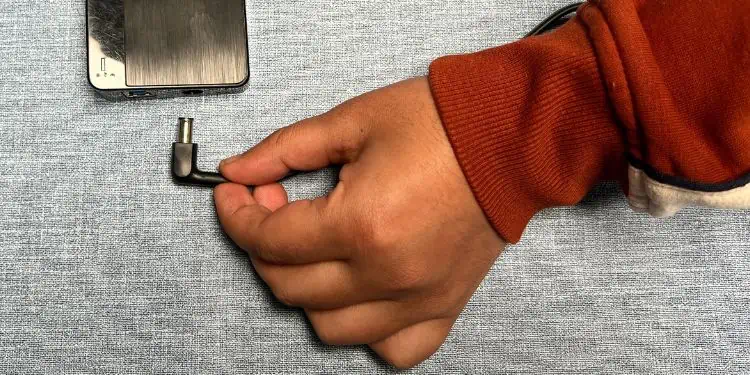
Update or Reinstall USB Controllers
The USB controllers are the device drivers that control how all the connected peripherals communicate with your PC. Among the different controllers available, theGeneric USB Hubdriver is responsible for managing the hub. Likewise, theUSB Root Hubmonitors how you’ve inserted and removed devices.
However, if you do not find these drivers in theWindows Device Manager, here’s what you can do:
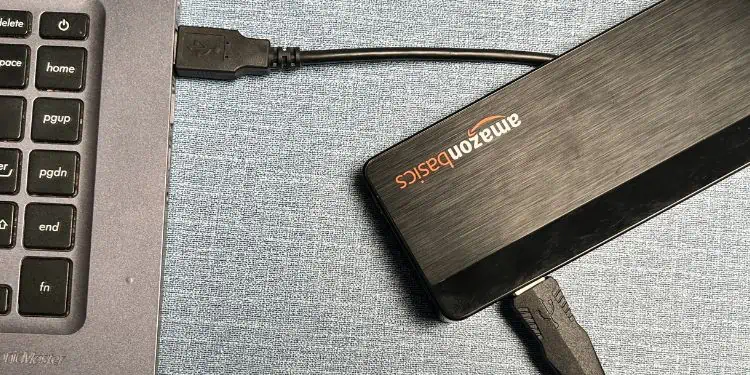
In some scenarios, a defective device descriptor may cause the Device Manager to not recognize the driver. So, you may encounter theUnknown USB Device (Device Descriptor Request Failed)error. In such cases, you’re able to try updating and uninstalling the hidden drivers:
Note:Some manufacturers also provide USB Hub drivers on their official websites. So, you’re able to download the latest one if updating the drivers from Device Manager didn’t help.
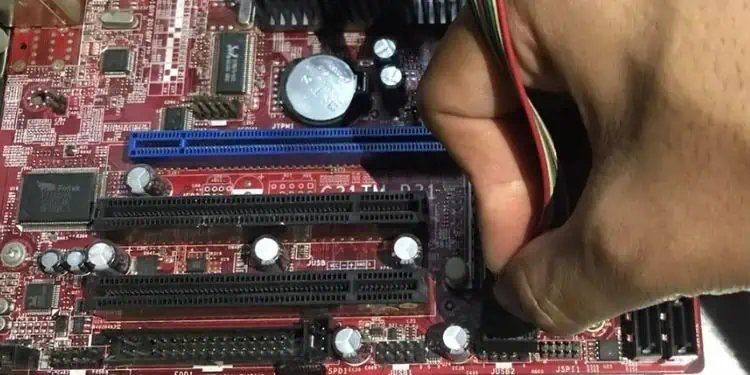
Update Chipset Drivers
If thechipset driversare corrupted, the operating system may not recognize and communicate with your motherboard. This can eventually affect the USB Hub drivers. So, we suggest updating the corrupted chipset drivers on your PC:
Enable External USB Port in BIOS
Some manufacturers have dedicated USB settings in BIOS. One of which is the External USB Port that’s responsible for detecting the connected USB devices on your platform. So, it’s essential that you enable this from the BIOS interface:
Disable USB Selective Suspend
When you enable theUSB Selective Suspendfeature on Windows, the driver suspends the unused ports without affecting the used ones. If none of them receives a wake request, the connected peripherals may stop responding. So, we advise disabling the feature, and below are the required steps to do just that:
Tweak Power Management
If your computer turns off the USB Root Hub device to save power, it may trigger unexpected issues. One of the many consequences is that the device may stop detecting or working. If that’s the case, you can try tweaking the power management:
Try Disabling Fast Startup
By default, theFast Startupfeature is enabled on Windows 11 to boot the PC much more quickly. But if the computer starts before all the connected peripherals get detected, the USB Hub may sometimes not work. So, we advise turning off this option to see if it resolves the problem:
Run Hardware and Devices Troubleshooter
If you’re unable to identify the actual cause, running the Hardware and Devices troubleshooter is an excellent choice. This will examine common bugs and issues in your USB Hub and tries to fix them:
Reset or Flash BIOS
Any incorrectly configured BIOS settings can lead to hardware failures. If you remember changing such configurations, kindly revert them. Otherwise, it’s best to reset it to the default configuration. For demonstration, we’ve done this on MSI, but the steps should be similar on other motherboards too:
If you’re using a new USB Hub, an outdated BIOS could have prevented the computer from detecting it. Therefore, it’s best to flash a new one to add compatibility:
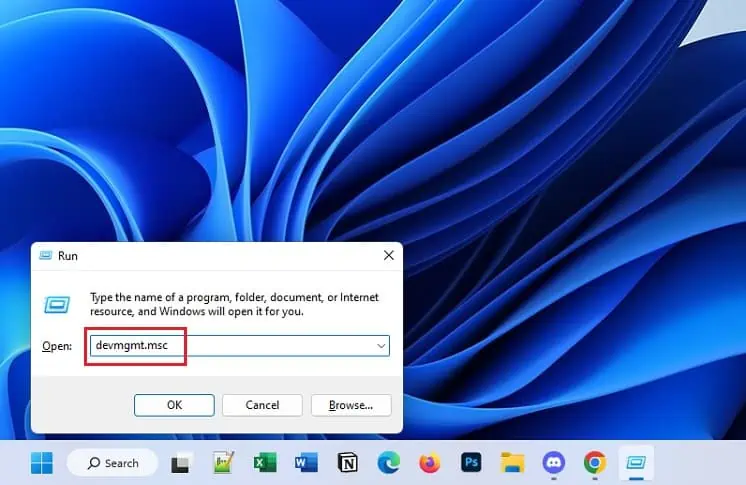
Note:Sometimes, a BIOS update may lead to undesirable changes. If you encountered the issue after flashing a new one, we recommend rolling it back. The process is the same as above. You just require downloading the previous version.
Uninstall Windows Update
Some Windows users claim that their USB hub has stopped working after a recent update. If that’s the case, we suggest uninstalling the last version and waiting until Microsoft acknowledges this issue:
If this didn’t help, we recommend performing a system restore. This will take your PC to the state where there were no USB Hub issues. Now, wait until there’s a new update to fix the related bugs.
